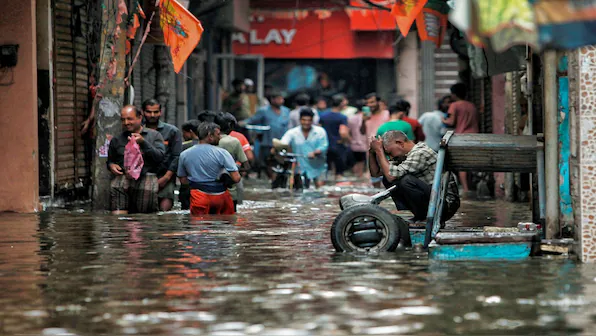Rainfall in Delhi over the course of a 24-hour period surpassed the city’s average for the entire month of June, marking the city’s greatest downpour in decades. The downpour resulted in a deadly roof collapse at the airport, cancelled flights, closed a metro station, blocked underpasses, and severe traffic congestion. The primary causes are inadequate architecture, inadequate infrastructure, poor coordination, and plastic pollution.
Earlier this month, Delhi saw one of the worst heatwaves in its history.
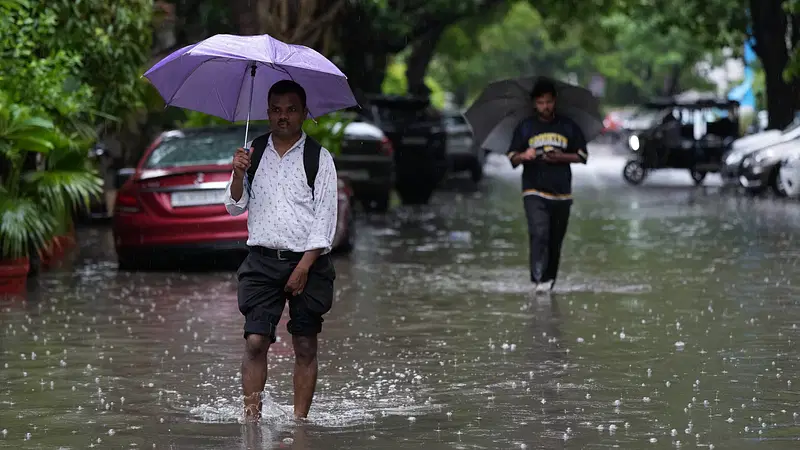
Nevertheless, the National Capital is currently experiencing the heaviest rainfall in decades, with a 24-hour period of rainfall that is higher than the city’s June average.
The rain stopped flights, closed a metro station, blocked underpasses, resulted in a fatal roof collapse at the airport, and caused severe traffic jams.
But what’s behind this watery mess? Let’s take a closer look.
The watery mess
The first prolonged period of heavy rain of the season stopped people’s daily activities.
According to Business Today, there have been reports of waterlogging on multiple roads and underpasses, cars floating in the water, lengthy traffic jams on multiple roads, and a great deal of annoyance from the locals over the inadequate drainage system.
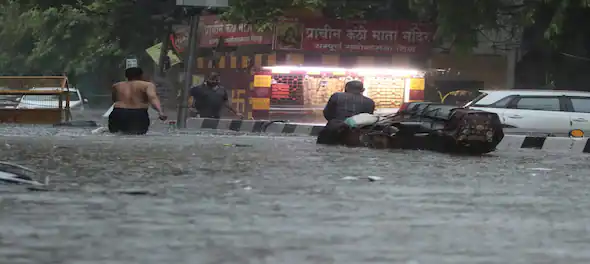
At Delhi airport’s Terminal-One departure area, a section of the roof collapsed due to the unceasing rain, leaving one person dead and five injured.
Numerous domestic flights were delayed and all departure operations from the terminal were canceled as a result of the incident.
An emergency meeting was called by lieutenant governor of Delhi VK Saxena following the appearance of images of waterlogging on social media from all over the city.
The reasons behind it
Every major city has drains designed to direct rainfall into nearby lakes or reservoirs from low-lying areas. But a lot of Delhi is unplanned, and there aren’t enough concreted areas for rain to replenish the groundwater, so runoff floods the roads and creates havoc.
Union Environment Minister Bhupender Yadav claims that plastic pollution is also to blame for Delhi’s waterlogging after heavy rains. Trash, bottles, and plastic wrappers clog the sewers year-round. When it does rain, the debris-filled drains prevent water from flowing freely, resulting in traffic congestion and health problems.

The authorities have identified almost 100 places in the city that are prone to waterlogging, but they typically don’t prepare for these areas until after the initial rains severely damage Delhi, according to Won.
According to Indian Express, senior PWD officials and experts list several agencies, a lack of coordination, poor infrastructure, faulty architecture, and an increasing population as the primary causes.
Drains and roadways are maintained by a minimum of eleven different entities.
Another significant factor is the “Drainage Master Plan,” which has been hanging around for a while and hasn’t been implemented because of a number of problems, including the original plan’s rejection and insufficient tender replies.
Possible solutions
According to Wion, the first step in reducing water flow is to increase the number of drains in the city that follow the natural slope of the land.
Tight parking and unauthorised encroachment policies would also help mitigate the debilitating effects of the rain in Delhi.
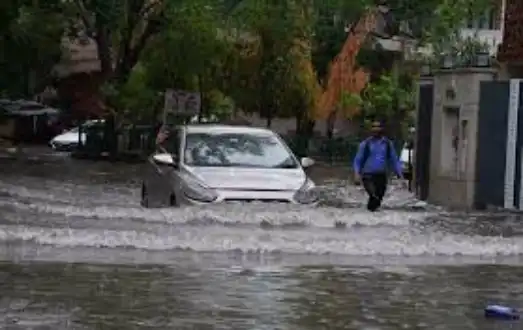
The most crucial answer of all is pre-planning, which comes in second only to reducing plastic pollution and unlawful waste dumping.
Experts tell Reuters that in order to store heavy rainfall and avoid severe water shortages in densely populated cities like Bengaluru and Delhi, India needs to dig more lakes and ponds. To prevent significant flooding and disturbances, municipalities must make sure that their drains and canals are clear of obstructions.
Intense rainfall in Delhi
Delhi’s main Safdarjung weather station recorded 228.1 millimetres of rainfall in the 24 hours ending at 8.30 am, its highest 24-hour rainfall in June in 88 years, according to the India Meteorological Department (IMD).
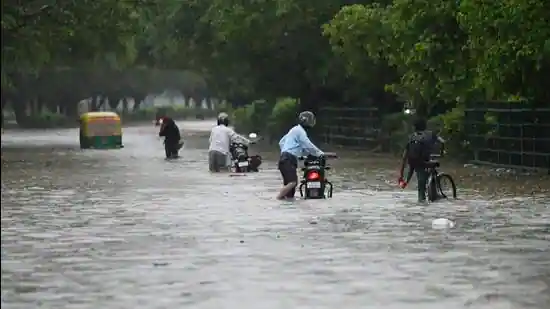
Areas around the Indira Gandhi International Airport had 148.5 millimetres of rain over a three-hour period on Friday, compared with 101.7 millimetres for all of June last year.
The heatwave conditions that had lasted in Delhi until last week were relieved by the seasonal monsoon rain, which gradually spreads across the nation starting from its southern tip .
Climate change
According to a NASA article from 2022, the amount of water vapor in the atmosphere can rise by roughly 7% for every degree that the earth’s temperature rises. That may result in rapid, intense rains, according to experts.
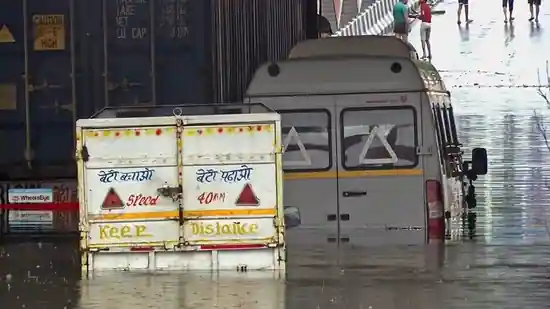
In a video post on social media this week, Sunita Narain, the director general of the Indian research organization Centre for Science and Environment, stated that “you will get more extreme rain events because of climate change, which means more rain in a fewer number of rainy days, rainy hours.”
A city or region may receive as much rain as it does annually in a few days or even in a single day if you look at the data from weather stations throughout India, which indicates that they are already breaking the record for 24-hour rainfall in delhi .
Read also : How to recognize poor advice when you hear it











